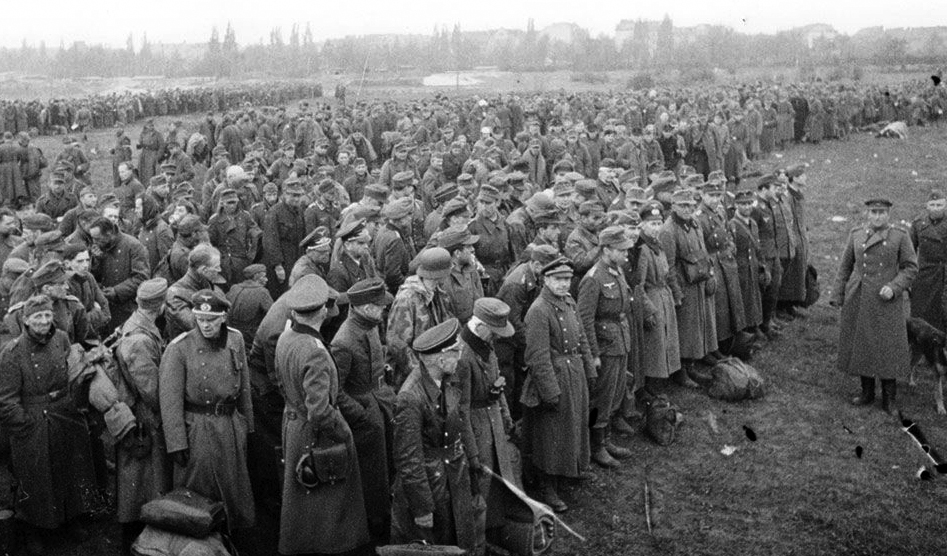
“The two sides smashed into one another, and for a few minutes the hillside on the sleepy outskirts of Krasnobród resembled a scene from the Napoleonic Wars as sabre met sabre in frenzied hand-to-hand combat.”
By Alexander Zakrzewski
THE NOTION that Polish Cavalry charged German tanks during the 1939 Invasion of Poland is one of the Second World War’s most enduring myths.
It stems from an engagement near the Polish village of Krojanty on the first day of the campaign in which Polish cavalrymen were ambushed by German armoured vehicles, resulting in heavy casualties.
Foreign war correspondents on the scene were told by German officials that the horsemen had foolishly charged the vehicles. The story quickly spread across the globe. Joseph Goebbels’ propaganda machine also seized upon the image of backward Polish cavalry suicidally attacking German Panzers as an exemplification of the Wehrmacht’s technological invincibility.

Although the vast majority of the Polish cavalry battles during the 1939 Campaign were fought by dismounted riders, charges did occur with varying degrees of success. They would continue to be conducted throughout the war on other fronts by other armies. The last American charge was conducted by the 16th Cavalry Regiment in January of 1942 in the Philippines, and perhaps the last major charge ever was carried out by the Italian Savoia Cavalleria regiment that same year in the Soviet Union.
However, when it comes to cavalry actions, the 1939 Campaign does have the unique distinction of witnessing what is often cited as the last ever cavalry-on-cavalry engagement in military history.
At the outset of the Second World War, Poland’s 11 Cavalry Brigades were the well-trained, well-led, highly motivated elite of its armed forces; they quickly proved their worth on the battlefield. Even after Poland’s fate was sealed following the Soviet invasion on Sept. 17, the cavalry continued to lead by example, fighting doggedly against overwhelming odds, rallying resistance, and even counterattacking whenever possible.
In the dying days of the campaign, the Nowogródzka Cavalry Brigade was tasked with recapturing the German-held town of Krasnobród in central Poland as part of a greater effort by Polish forces to fight their way south into neighbouring neutral Hungary and Romania. The brigade was led by the charismatic Władysław Anders, who would later in the war command the Polish II Corps in Italy.

Just before sunrise on September 23, 1939, the 1st and 2nd Squadrons of the 25th Uhlan Regiment burst out of the morning mist on the outskirts of Krasnobród in a two-pronged mounted attack that caught the German defenders completely by surprise. Led by Lieutenant Tadeusz Gerlecki, the Uhlans pursued the fleeing enemy to a hill on the western edge of town where there stood a monastery that the Germans were occupying. As they approached the hill the fog began to clear revealing, much to the Poles’ surprise, a line of German horsemen waiting at the crest.
A bugle call rang out as the Germans, elements of the Wehrmacht’s 17th Cavalry Regiment, drew their sabres and charged down the hill at the advancing Poles. Gerlecki’s squadrons responded with a bellowing “Hurrah!” and closed ranks to receive the attack. The two sides smashed into one another, and for a few minutes the hillside on the sleepy outskirts of Krasnobród resembled a scene from the Napoleonic Wars as sabre met sabre in frenzied hand-to-hand combat.
The German mounts were bigger and had the added advantage of downhill momentum. Almost immediately, Trooper Lewczuk’s horse was knocked to the ground by the charging German commander, who continued to hack at the Pole as he fell. The German was a fine swordsmen; he slashed his way through two more Uhlans before confronting Gerlecki. The pair dueled furiously, their steel sabres clashing and scraping loudly, until Corporal Mikolajewski rode over behind the German and skewered him with a powerful sabre thrust.

Seeing their commander fall broke the Germans’ spirits and they galloped back up the hill. The Poles pursued, but this time it was they who were in for a shock. Two well-placed German machine guns unleashed a withering crossfire that cut down Gerlecki and many more before Mikolajewski could lead the remaining Uhlans to safety. They left behind a hillside strewn with dead bodies and riderless horses.
Fighting continued for the rest of the day, but by nightfall the Poles had recaptured the town, including the monastery, taking 100 Germans prisoner. Among them was the commander of the 8th Division, General Rudolf Koch-Erpach, the first German general to be captured during the war. The Poles lost 60 men but a crucial gap through the German lines had been opened.
General Anders continued to lead his battered brigade south, fighting more desperate battles as they went. The exhausted horsemen of the Nowogródzka Cavalry Brigade finally surrendered to the Soviets forces on Sept. 29 less than 20 kilometers of the Hungarian border. They had served both their country and tradition with courage and honour right to the bitter end.
Alexander Zakrzewski is a Toronto-based freelance writer with a passion for military history. Follow him @AlexZed85 or reach out to him on LinkedIn. He loves sharing ideas with fellow military history enthusiasts.
Originally published on Oct 13, 2021









